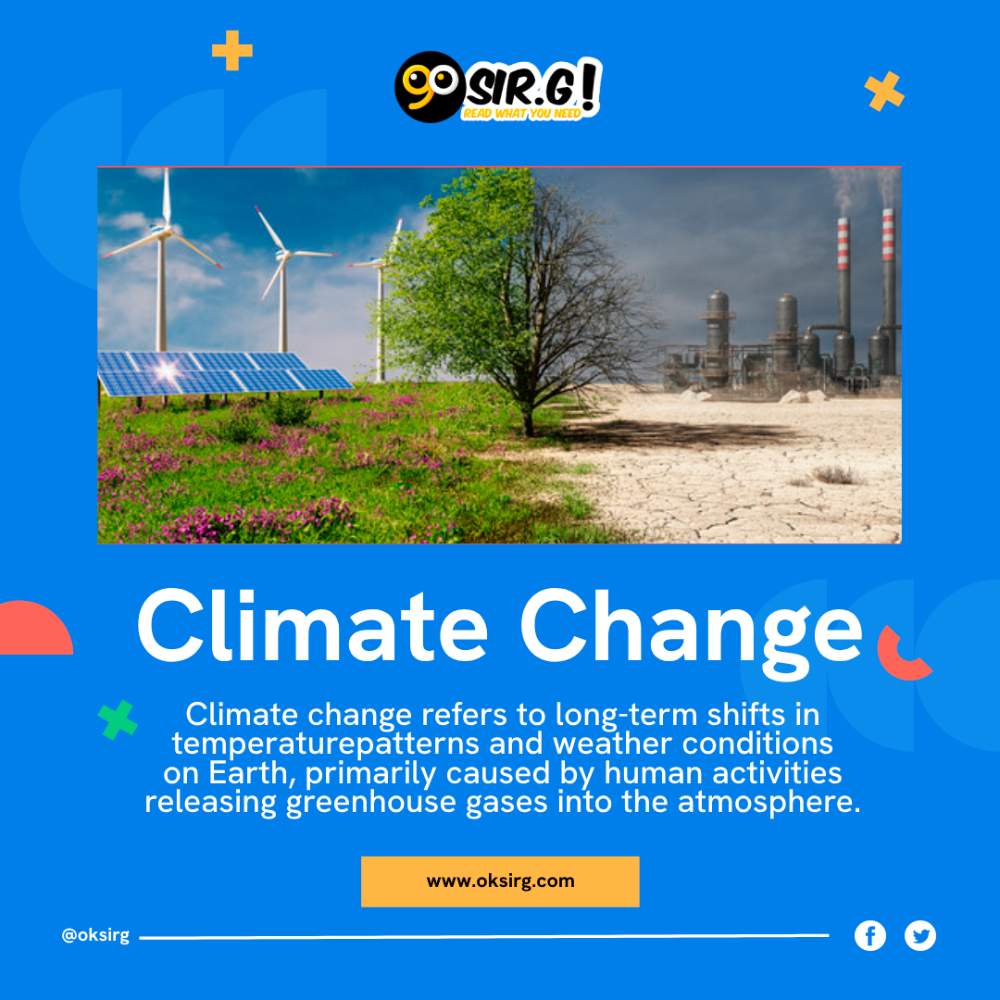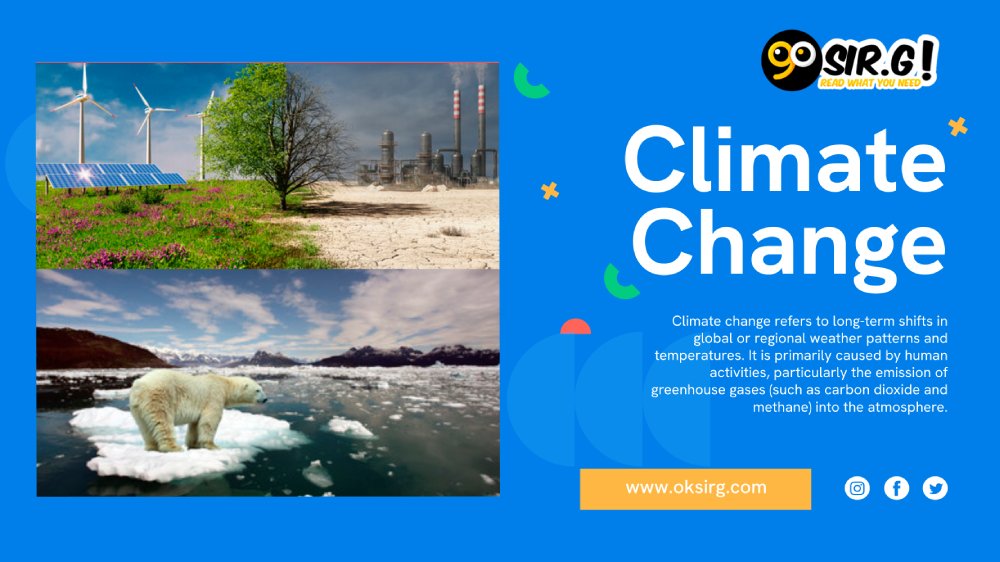Implementing financial mechanisms is crucial for promoting the transition to energy efficiency and accelerating climate change.
Climate change is one of the most significant challenges facing humanity today. As greenhouse gas emissions continue to rise, decisive action is needed to mitigate the effects of climate change and ensure a sustainable future for future generations. Moreover, climate protection includes measures to reduce greenhouse gas emissions and implementing strategies to limit global warming and its consequences. This article examines some critical efforts and processes undertaken to combat climate change and pave the way for a more sustainable world.
Transition To Clean And Renewable Energy Sources Can Play A Role In Climate Change:
One of the most effective ways to mitigate climate change is to switch from fossil fuels to clean, renewable energy sources. The increased use of solar, wind, hydroelectric and geothermal energy can significantly reduce CO2 emissions. Governments, companies and individuals invest in renewable energy infrastructure, encourage research and development, and implement policies that promote renewable energy adoption.
Energy Efficiency And Energy Saving:
Energy efficiency and energy saving play a key role in climate protection. We can reduce greenhouse gas emissions by reducing and optimizing energy consumption. These include implementing energy-efficient technologies. Furthermore, it improves building insulation, promotes intelligent grid systems, and educates individuals and businesses about energy-saving practices.
Sustainable Transport And Clean Mobility:
The transport part is one of the critical sources of greenhouse gas emissions. Mitigating global warming requires a transition to sustainable transport systems. These include promoting electric vehicles, expanding the public transport network, and investing in cycling infrastructure and pedestrian-friendly cities. In addition, encouraging carpooling and adopting green logistics practices can further reduce transportation-related emissions.
Introduction Of Climate-Friendly Agriculture:
Agriculture is another sector with significant emissions and is vulnerable to global warming impacts. Climate-smart farming practices aim to reduce greenhouse gas emissions from agricultural activities while increasing productivity and resilience. Moreover, precision farming, agroforestry, organic farming and efficient irrigation methods can help sequester carbon, improve soil health, and reduce agricultural emissions.
Conservation And Reforestation:
Protecting and restoring natural ecosystems, including forests, wetlands and mangroves, are essential to mitigating change in climate. Moreover, forests behave as carbon sinks, absorbing carbon dioxide from the atmosphere. Initiatives such as reforestation, afforestation, and sustainable forest management can contribute to carbon sequestration, preserve biodiversity and make ecosystems more resilient.
Carbon Prices And Financial Mechanisms:
Explaining carbon pricing mechanisms, such as carbon taxes or cap-and-trade systems, can create economic incentives to reduce greenhouse gas emissions. These Financial mechanisms encourage companies and industries to adopt cleaner technologies and practices while funding actions to mitigate and adapt to global warming. In addition, sustainable finance initiatives are emerging, directing investments toward low-carbon and climate-resilient projects.
Mitigating climate change requires a global and collaborative approach involving governments, businesses, communities, and individuals. By changing to clean and renewable energy sources, improving energy efficiency, promoting sustainable transport and agriculture, protecting ecosystems, and introducing carbon pricing and Financial mechanisms, we can significantly reduce greenhouse gas emissions and mitigate the impact of global warming. We must continue to innovate, raise awareness and take ambitious action to create a sustainable future for ourselves and future generations. By working together, we can mitigate global warming and protect the health of our planet.
FAQS!
Q: What is the role of governments in mitigating climate change?
A: Governments play a crucial role in mitigating climate change by implementing policies, regulations, and incentives that support emission reduction targets, encourage the development of renewable energy, and promote energy efficiency policies. It provides a framework for sustainable land use and resource management. In addition, they participate in international climate agreements and provide financial support for initiatives to mitigate climate change.
Q: What is the connection between climate protection and sustainable development?
A: Climate protection and sustainable development are closely linked. Mitigating climate change requires sustainable practices that balance environmental, social and economic concerns. By tackling climate change, we can create a more sustainable and resilient future that meets the needs of today’s generation without coming to terms with future generations’ ability to meet their own needs.









Leave feedback about this
You must be logged in to post a comment.